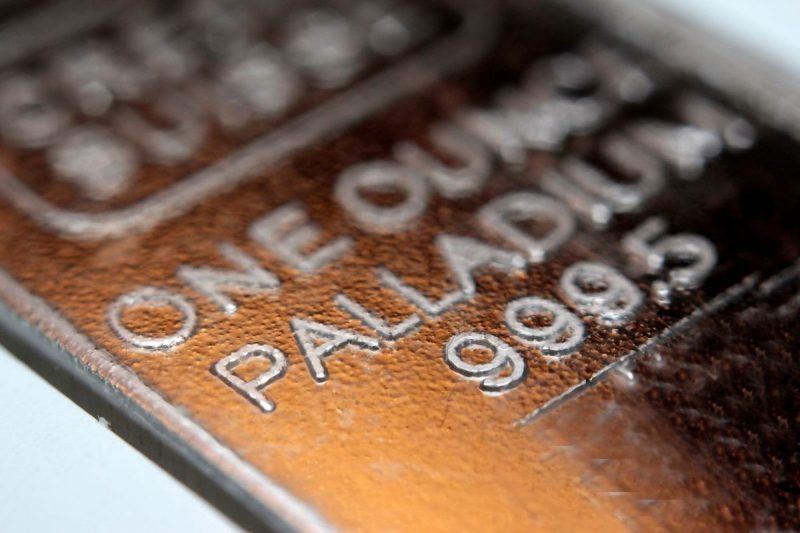PGMs Surge as US Pushes G7 Sanctions, BRICS Eyes Trade Alternatives
The recent geopolitical tensions between the US and G7 countries on one side, and the emerging BRICS nations on the other, have sparked significant movements in the precious metals market, particularly in Platinum Group Metals (PGMs). As the US and its allies push for sanctions and trade restrictions against certain countries, BRICS nations are looking to explore alternative economic partnerships within their alliance, leading to a surge in demand for PGMs as a strategic investment.
One of the main drivers of the recent surge in PGM prices is the uncertainty surrounding global trade relations. The ongoing tensions between the US and G7 nations, including sanctions imposed by the US on Russia, have created a ripple effect across various commodity markets. Investors are now turning to PGMs as a safe haven investment due to their intrinsic value and global demand.
Moreover, the shift in focus towards BRICS nations as potential trade partners has put PGMs in the spotlight. With countries like Brazil, Russia, India, China, and South Africa exploring trade alliances and economic cooperation, the demand for PGMs, particularly platinum and palladium, has seen a significant uptick. These metals are crucial components in various industries, including automotive, jewelry, and electronics, making them essential commodities in the global market.
Another factor driving the surge in PGM prices is the increasing demand for clean energy technology. Platinum, in particular, plays a vital role in catalytic converters used in vehicles to reduce emissions. As concerns over climate change grow, the demand for cleaner energy sources and technologies is expected to rise, subsequently driving up the demand for PGMs.
Furthermore, the geopolitical tensions between the US and certain countries have also impacted the supply chain of PGMs. Sanctions and trade restrictions have disrupted the flow of these metals, leading to supply shortages in some regions. This supply-demand imbalance has further fueled the surge in PGM prices as investors anticipate a tightening of supply in the near future.
In conclusion, the recent geopolitical developments between the US, G7 nations, and BRICS countries have had a significant impact on the precious metals market, particularly PGMs. The surge in demand for these metals can be attributed to the uncertainty in global trade relations, the shift towards cleaner energy technologies, and the potential economic partnerships within the BRICS alliance. As investors seek safe-haven assets amidst geopolitical uncertainties, PGMs have emerged as a lucrative investment option with promising growth prospects in the foreseeable future.
